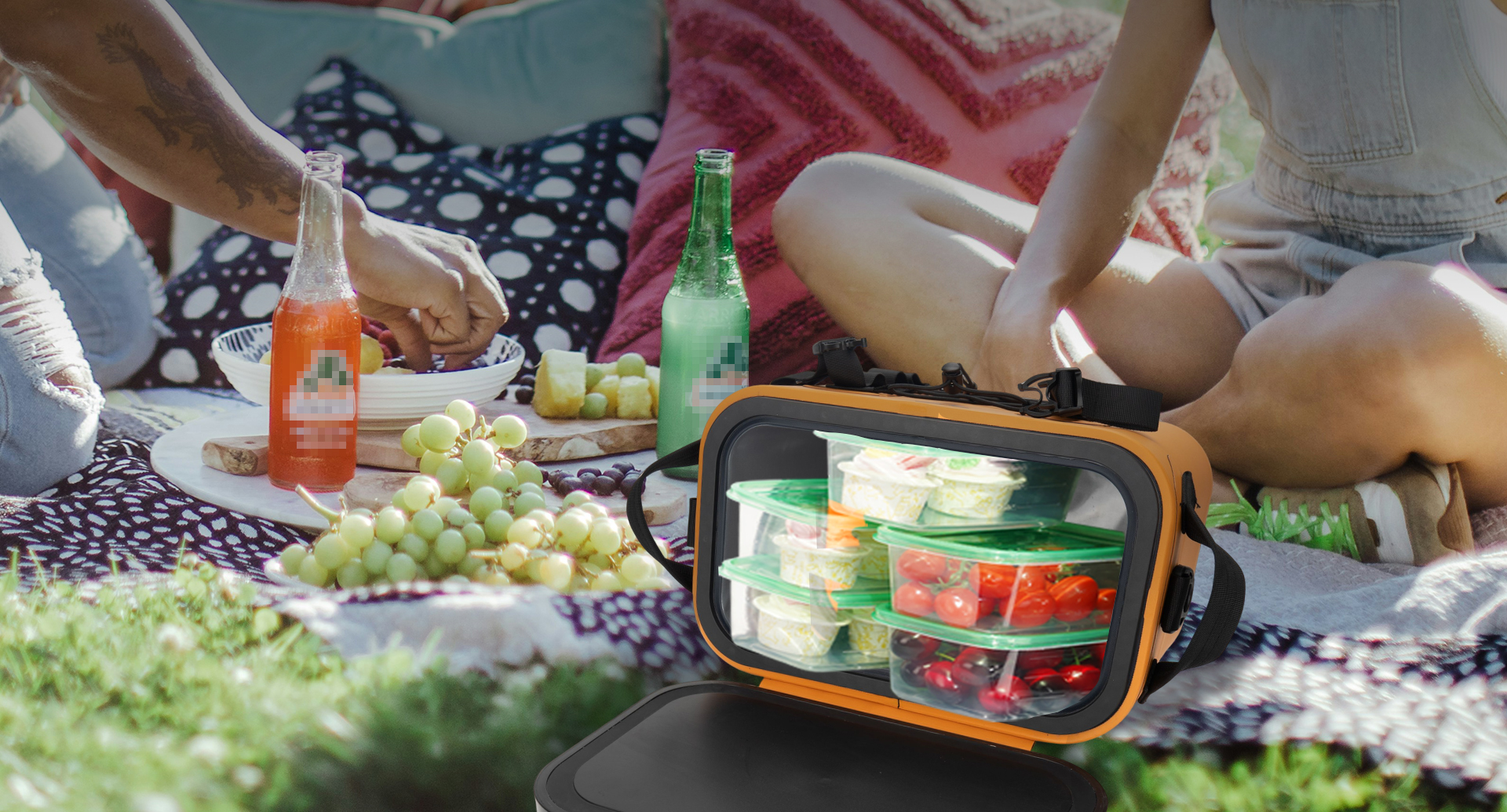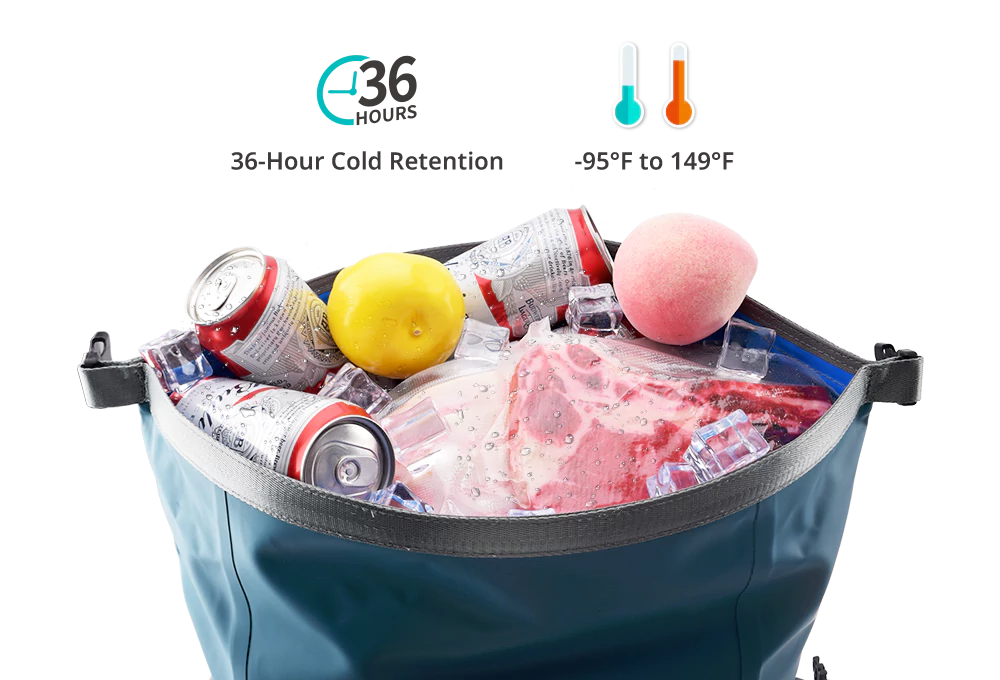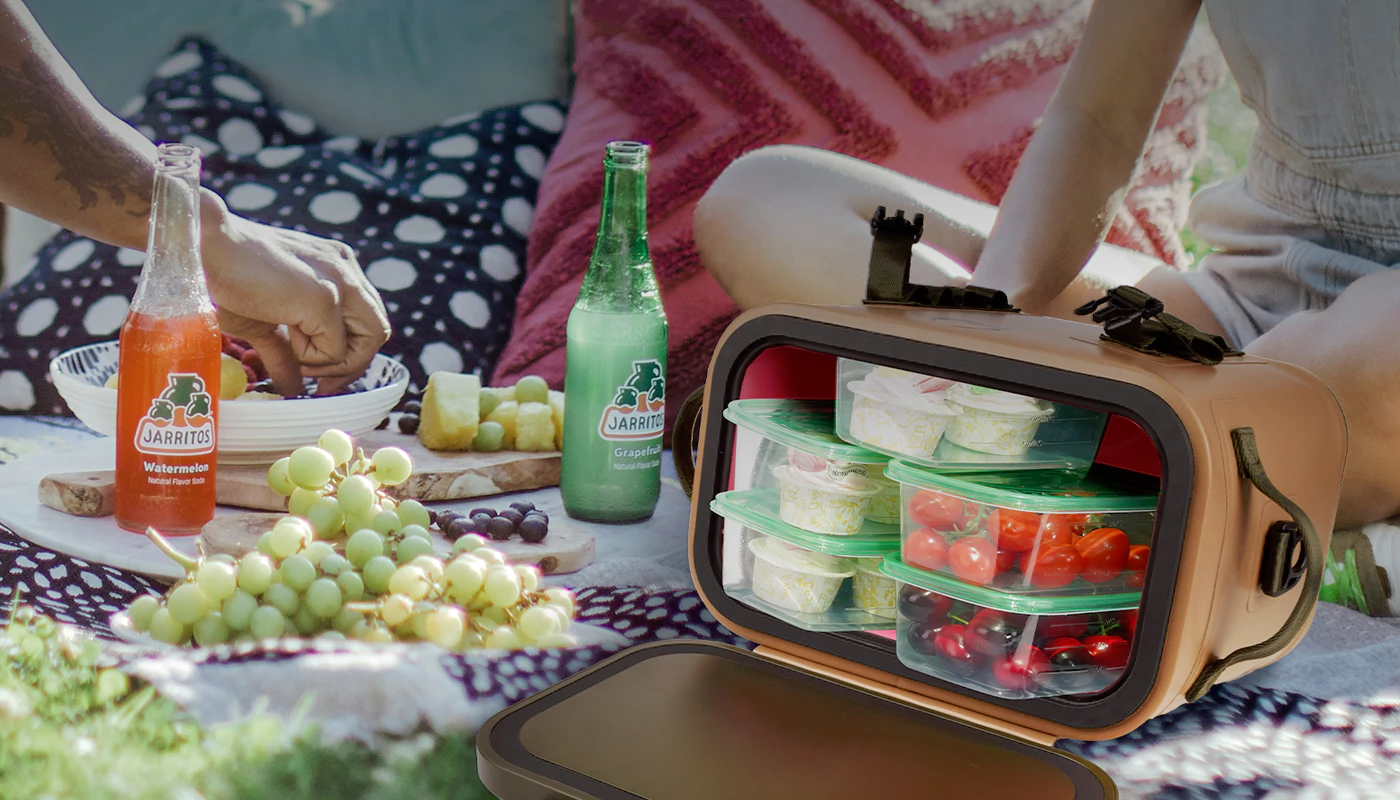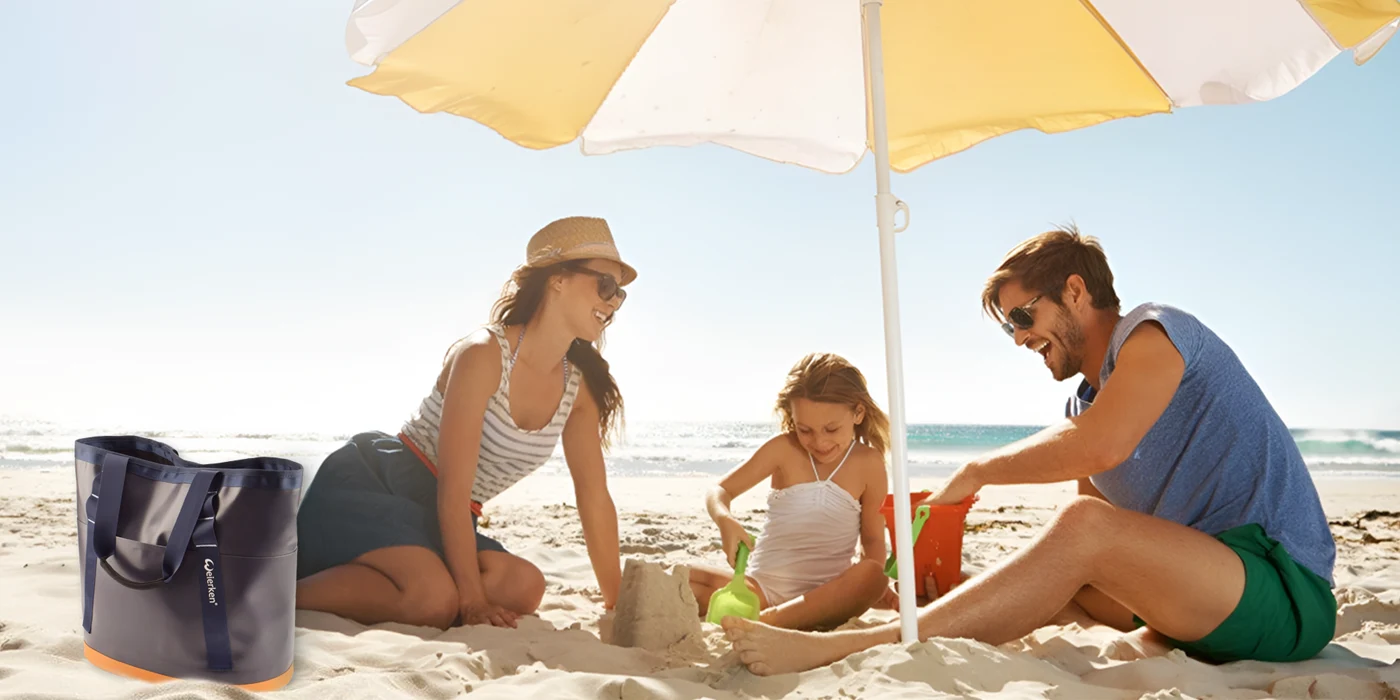Purchasing coolers in bulk is a significant decision for any business. Whether you’re in charge of sourcing equipment for a large catering company, a pharmaceutical distributor requiring reliable cold chain logistics, or an HR manager organizing corporate events, the stakes are high. A poor choice can lead to spoiled goods, wasted budget, and operational headaches.
This comprehensive guide serves as your ultimate checklist for navigating a cooler bulk order. We’ll walk you through every critical selection criterion, from understanding your core needs to evaluating the nitty-gritty of seal technology and cost-control strategies. Making an informed decision ensures your investment pays off in durability, efficiency, and reliability. As we explore these facets, we’ll highlight how a brand like weierken integrates these considerations into its product development, offering practical insights for your procurement process.

Pinpointing Needs and Usage Scenarios
Before comparing specifications or requesting quotes, the first and most crucial step is to define your requirements clearly. A cooler bulk order is not a one-size-fits-all solution.
- Common B2B Scenarios:
- Outdoor Events & Catering: For these applications, coolers need to be durable, easily portable, and have excellent temperature retention over many hours. They often face rough handling and varying outdoor temperatures.
- Food Delivery & Distribution: Here, the focus is on reliable sealing, ease of sanitization, and stackability for efficient transport in vehicles. Consistent temperature control is non-negotiable.
- Medical Cold Chain: This is a high-stakes environment. Coolers must offer precise and stable temperature control, often validated with data loggers. Compliance with specific industry standards for thermal performance is critical.
- Corporate Gifts & Employee Benefits: While performance is still important, aesthetics, brandability, and a balance between capacity and portability take precedence. The cooler becomes a part of your brand identity.
- Determining Basic Requirements:
- Usage Frequency: Will the cooler be used daily, weekly, or seasonally? Daily use demands industrial-grade durability.
- Transport Conditions: Will it be transported in air-conditioned vans or exposed to the open air on a truck? This affects insulation requirements.
- Storage Environment: Will it be stored in a warehouse, an office, or a vehicle? This can influence the choice of materials regarding UV resistance and structural integrity.
The Capacity Selection Guide
Choosing the right capacity is a balancing act between having enough space and maintaining practicality. A misguided cooler bulk order can result in half-empty units wasting space or overstuffed coolers that can’t close properly, compromising insulation.
- Sizing by Order Scale and User Number:
- Small-Scale (1-10 people): Ideal for team lunches or small catering jobs. Look for capacities in the 10-30 quart (approx. 10-30 liter) range. These are typically portable personal coolers or small catering boxes.
- Medium-Scale (10-50 people): Suitable for larger corporate events or medium-sized food deliveries. Capacities between 30-100 quarts (approx. 30-95 liters) are common. These are often wheeled coolers for easier movement.
- Large-Scale (50+ people): Necessary for festivals, large-scale catering, or industrial storage. Look for coolers over 100 quarts (95 liters), often heavy-duty chest-style models or roll-in containers.
- Balancing Capacity and Portability: A 150-quart cooler has ample space but is immovable without a team or built-in wheels. Consider the physical strength of the end-users. Sometimes, ordering multiple medium-capacity units is more efficient than a few massive ones, offering greater flexibility.
Evaluating Seal Performance
The seal is the guardian of your cooler’s internal temperature. A weak seal allows cold air to escape and warm air to infiltrate, rendering even the best insulation ineffective.
- Impact of Gasket Material and Design:
- Material: High-quality, food-grade silicone or rubber gaskets are preferred. They remain flexible in both freezing and high-temperature conditions, ensuring a consistent seal. Cheaper PVC or plastic-based gaskets can become brittle and crack over time.
- Structure: Look for a wide, magnetic seal or a latch-compression system. This creates an airtight closure. The design should ensure the gasket is uniformly compressed around the entire lid when closed.
- Practical Tests and Industry Standards:
A simple test is to close the lid on a piece of paper. If you can pull the paper out easily, the seal is likely insufficient. For a cooler bulk order, inquire about standardized tests like ISTA (International Safe Transit Association) profiles or internal thermal retention tests that measure performance over 24, 48, or 72 hours under controlled conditions. Brands like weierken often subject their products to such rigorous validations to provide customers with reliable performance data.
Material and Durability
The longevity of your cooler investment hinges on the materials used in its construction.
- Inner and Outer Shell Materials:
- Polypropylene (PP) and Polyethylene (PE): These are the most common plastics. Rotomolded PE is exceptionally durable, impact-resistant, and virtually seamless, ideal for heavy-duty use. Injection-molded PP is also strong and often used in high-quality, cost-effective models.
- Metal: Stainless steel offers a professional, hygienic look and is easy to clean but can be heavier and more expensive.
- Key Durability Metrics:
- Impact Resistance: Can the shell withstand drops and knocks without cracking?
- Compression Strength: Can the cooler support weight if stacked?
- Temperature Tolerance: What is the range of temperatures the shell material can endure without warping or degrading? For a long-term cooler bulk order, prioritizing these metrics prevents frequent replacements.
Temperature Retention Capability
This is the core function of any cooler. The ability to maintain a desired internal temperature is paramount.
- Comparison of Insulation Materials:
- PU (Polyurethane) Foam: The industry standard. Its performance is measured by density and thickness. Higher-density foam provides better insulation. Most high-performance coolers use a thick layer of PU foam.
- VIP (Vacuum Insulated Panels): These offer superior insulation in a thinner profile but are more expensive and can be fragile; if punctured, they lose their insulating properties. They are common in high-end medical and specialized shipping containers.
- Relationship Between Hold Time and External Environment: A cooler’s rated ice retention time is typically tested at a specific ambient temperature (e.g., 90°F/32°C). In direct sunlight or a hotter climate, performance will decrease. Pre-chilling the cooler and the contents before use is a critical step to maximize performance, a tip that holds true for any brand, from a standard model to a professionally geared weierken cooler.
Portability and Storage Design
Functionality extends beyond just keeping things cold. Ergonomic design features directly impact user satisfaction and operational efficiency.
- Ergonomic Design Features:
- Handles: Padded, ergonomic handles make carrying heavy loads more manageable. Look for reinforced attachment points.
- Wheels: For larger coolers, robust, all-terrain wheels are a game-changer for mobility.
- Internal Organization: Dividers, baskets, and drain plugs add convenience for organization and cleaning.
- Stackability and Storage: In a warehouse or delivery truck, space is premium. Coolers with integrated stacking ribs or a uniform shape allow for secure, space-saving stacking when both full and empty.
Customization and Brand Partnership
A cooler bulk order presents a powerful branding opportunity.
- Bulk Order Customization: Services like logo printing (silkscreen, hot stamping), embossed logos, or custom color matching allow you to turn a functional item into a mobile billboard. This is perfect for corporate gifts, branded equipment for staff, or promotional items.
- MOQ and Lead Time: Always inquire about the Minimum Order Quantity (MOQ) for custom jobs and the expected lead time. This needs to be factored into your procurement planning. A supplier like weierken typically has structured processes for such custom cooler bulk orders, guiding clients through artwork submission and production scheduling.
Supplier Screening and Collaboration Advice
Your cooler is only as reliable as the company that stands behind it.
- Evaluating Suppliers: Check for business licenses, industry certifications (like ISO 9001), and manufacturing capacity. Read case studies or testimonials from other B2B clients. A strong after-sales service and warranty policy are indicative of a supplier’s confidence in their product.
- Sample Testing and Factory Audit: Never skip the sample testing phase. Put the sample through your own real-world tests. For very large orders, a factory audit can provide invaluable insight into the supplier’s quality control processes and working conditions.
Cost-Control and Procurement Strategy
Smart purchasing is about total value, not just the lowest unit price.
- Pricing Structure for Bulk Purchase: Understand the pricing tiers. The unit cost should decrease as the order volume increases. Negotiate on FOB/EXW terms, and be clear on payment terms (e.g., 50% deposit, 50% before shipment).
- Long-Term vs. Seasonal Procurement: A long-term partnership with a supplier can secure better pricing, priority production slots, and more flexible customization options. Seasonal purchasing might allow you to catch off-peak discounts but risks stock unavailability. Weigh your consistent annual needs against project-based requirements when planning your cooler bulk order.
Navigating a cooler bulk order requires a meticulous, multi-faceted approach. By systematically working through this checklist—from deeply understanding your operational scenarios to rigorously evaluating seals, materials, and supplier credentials—you transform a simple purchase into a strategic investment. This diligence ensures that the coolers you procure, whether from an industry leader or a specialized manufacturer like weierken, will deliver reliable performance, enhance your operational efficiency, and serve your business faithfully for years to come.
Frequently Asked Questions (FAQs) About Cooler Bulk Orders
Q1: What is the typical minimum order quantity (MOQ) for a custom cooler bulk order?
A1: The MOQ for a custom cooler bulk order varies significantly by supplier. For standard models with simple logo printing, it could be as low as 50-100 units. For fully custom colors, shapes, or designs, the MOQ might start at 500 or even 1000 units. It’s essential to discuss your specific needs with the supplier early on.
Q2: How far in advance should I place a cooler bulk order, especially for a seasonal event?
A2: Lead times can range from 4 to 12 weeks, depending on the order size, customization level, and the supplier’s production schedule. For seasonal events, it’s highly recommended to initiate the process and place your cooler bulk order at least 3-4 months in advance to account for production, shipping, and any unforeseen delays.
Q3: Can we request samples before placing a full cooler bulk order?
A3: Absolutely. Reputable suppliers encourage and facilitate sample testing. This allows you to verify the cooler’s build quality, insulation performance, and customization finish firsthand. It is a critical step in the due diligence process before committing to a large purchase.
Q4: What are the key factors that affect the final price in a cooler bulk order?
A4: The final price is influenced by the order volume, the cooler’s specifications (capacity, material, insulation), the complexity of the customization (e.g., multi-color printing vs. a single color), and the chosen shipping terms. Higher volume and simpler customization generally lead to a lower per-unit cost.
Q5: What should we look for in the warranty when making a cooler bulk order for commercial use?
A5: For commercial use, look for a warranty that explicitly covers defects in materials and workmanship for a defined period. Pay attention to what components are covered (e.g., lid, hinges, seals, body). A strong warranty indicates the manufacturer’s confidence in the product’s durability, which is crucial for a cooler bulk order that will see frequent, heavy use.





